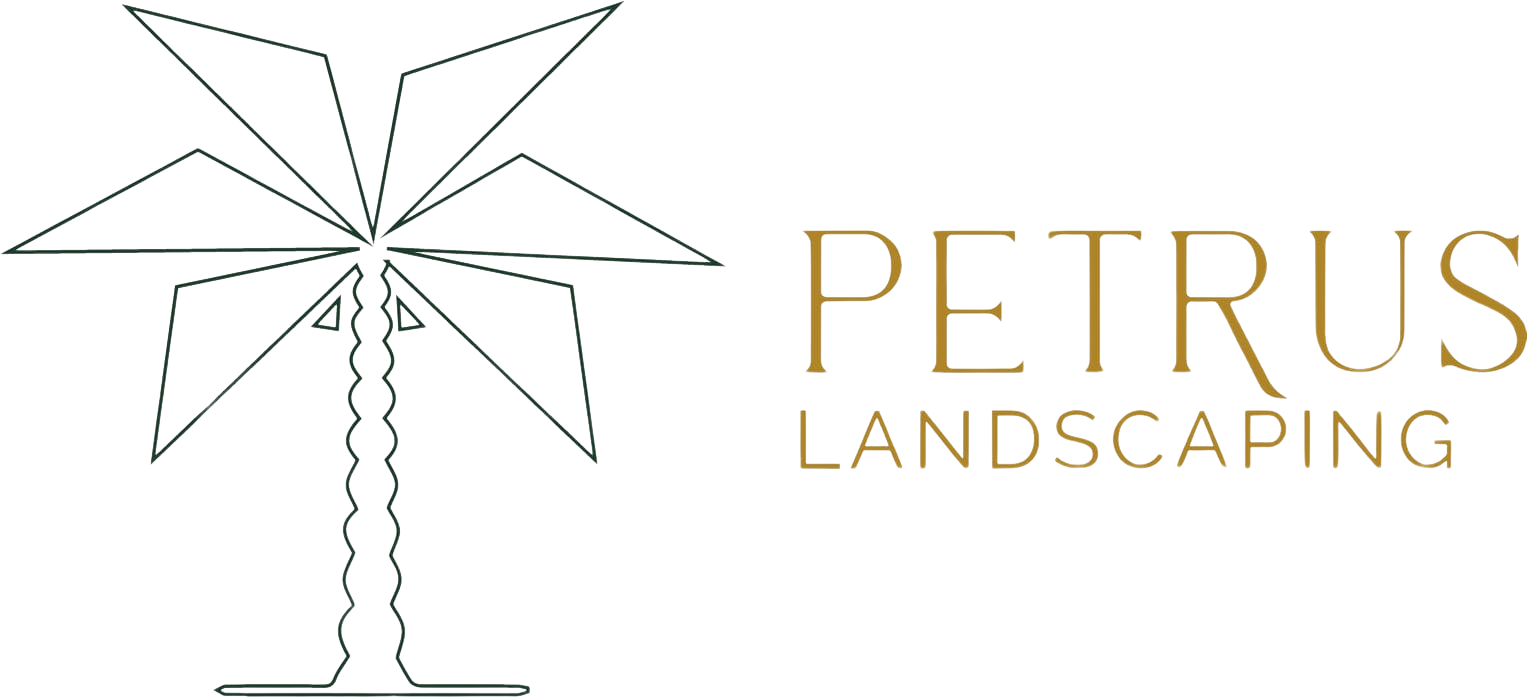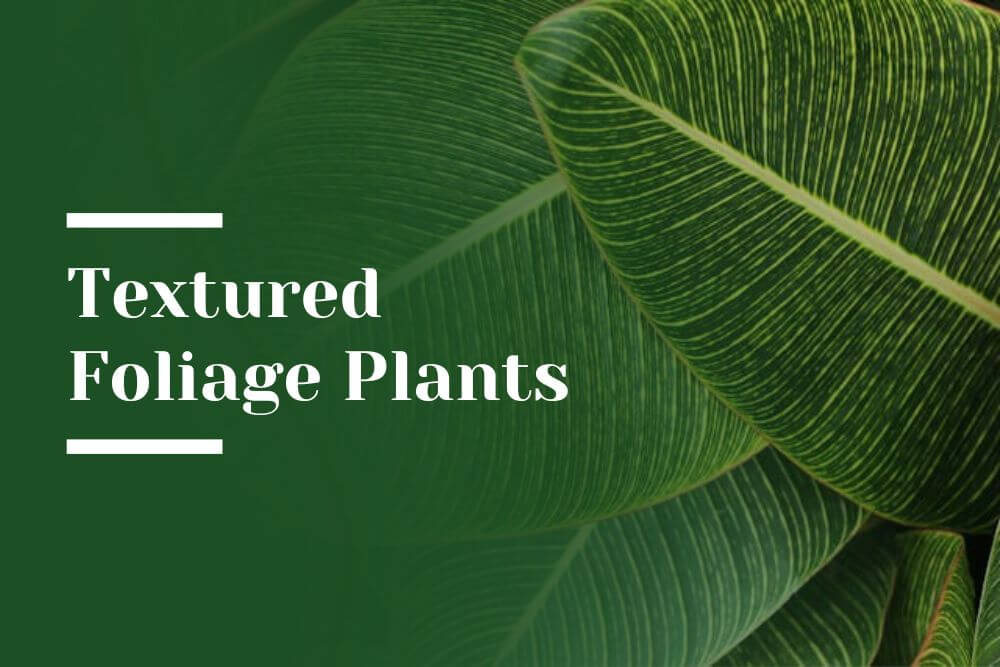Creating visual appeal is one of the most important things to consider when landscaping a luxury estate. One effective way to enhance the beauty of your outdoor space is by adding textured foliage plants. These elements not only bring depth and interest to the landscape but also exude sophistication and elegance. This comprehensive guide discusses the significance of textured foliage plants in enhancing luxury estate landscaping in Los Altos, providing valuable insights and tips for creating breathtaking outdoor environments.
What are Textured Foliage Plants?
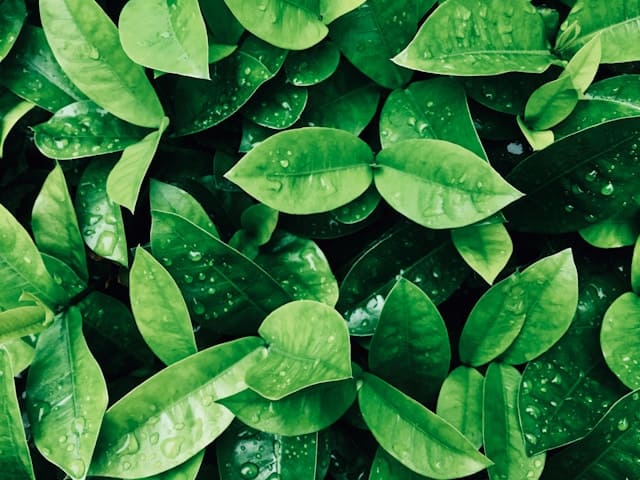
Textured foliage plants encompass botanical elements with unique surface features, such as diverse leaf shapes, sizes, colors, and textures. These characteristics contribute to the visual intricacy and richness of a landscape design, adding depth and dimension to outdoor areas.
Importance of Texture in Landscape Design

The significance of texture in landscape design cannot be overstated. Texture is a key design element that works hand in hand with color, form, and structure to create visually appealing outdoor spaces. Include a mix of textures, designers can add depth and interest to a landscape, making it more dynamic and engaging to the eye.
Selection of Textured Plants

When selecting plants for a luxury estate in Los Altos, it is important to consider the texture of their foliage. Opt for plants with a variety of textures, such as broad leaves, fine foliage, serrated edges, and unique patterns. This will not only enhance the overall richness and complexity of the landscape but also create a sense of depth and dimension. Plants with textured foliage include:
1. Hostas

Hostas are prized for their large, broad leaves that boast intriguing textures and patterns. Available in a variety of sizes and colors, hostas add a bold and dynamic element to the landscape, creating focal points and visual interest in garden beds and borders.
2. Ferns
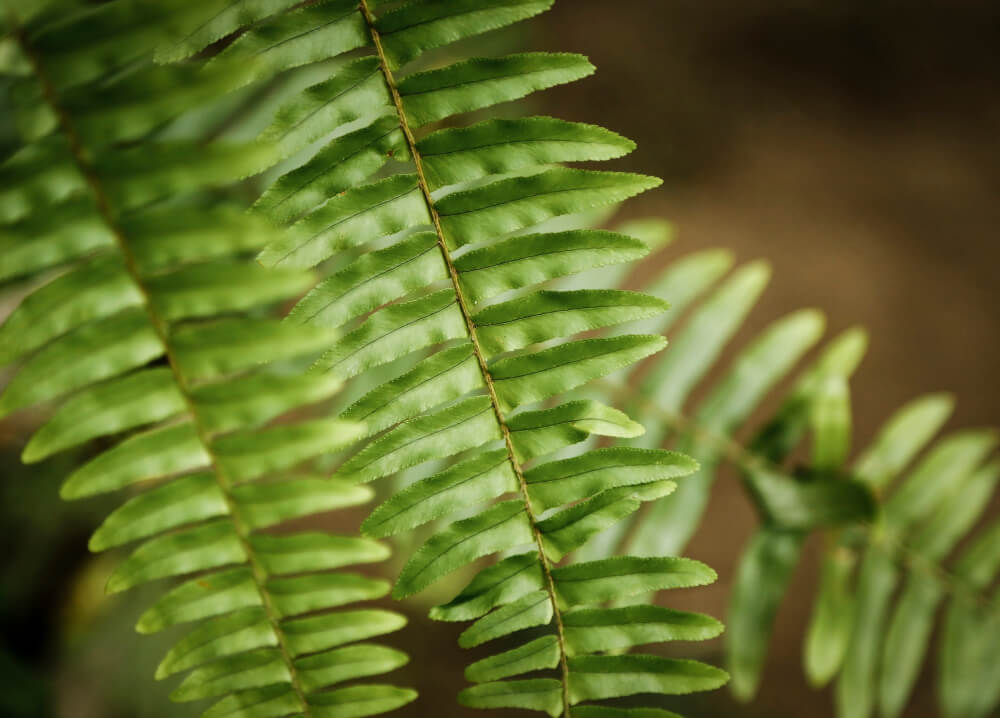
Ferns are renowned for their delicate, lacy foliage that imparts a soft and ethereal texture to the landscape. With their graceful fronds and varying heights, ferns are versatile plants that thrive in shaded areas, adding a touch of elegance to woodland gardens and shaded borders.
3. Heucheras (Coral Bells)
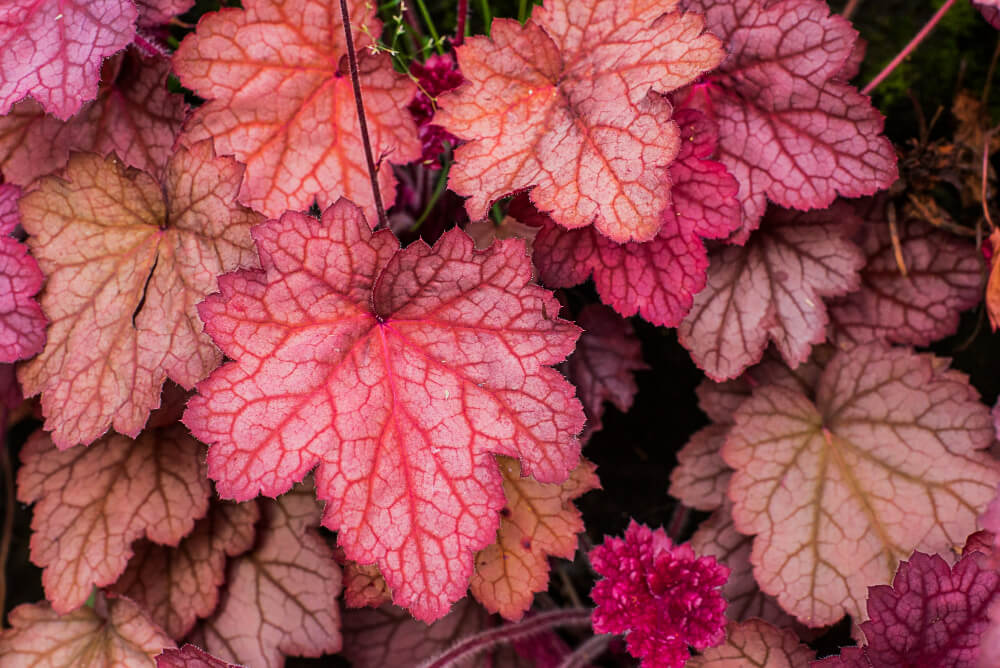
Heucheras, also known as coral bells, are prized for their colorful foliage and intriguing textures. With leaves ranging from bold and ruffled to finely serrated, heucheras add depth and dimension to the landscape while offering a vibrant splash of color. These versatile plants thrive in a range of conditions, from sun to shade, making them ideal for a variety of landscape settings.
4. Lamb’s Ear

Lamb’s ear is celebrated for its soft, fuzzy leaves that invite tactile exploration. With its silver-gray foliage and low-growing habit, lamb’s ear adds a touch of whimsy and texture to garden borders and rock gardens. Drought-tolerant and deer-resistant, this resilient plant thrives in sunny locations, providing year-round interest to the landscape.
5. Japanese Painted Fern
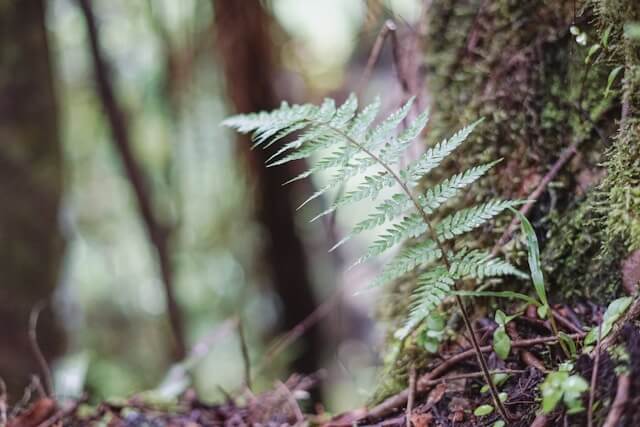
Japanese painted ferns are prized for their striking silver and purple foliage, which adds both texture and color to the landscape. With their elegant arching fronds and intricate patterns, these ferns create a dramatic focal point in shaded areas, adding a touch of sophistication to woodland gardens and shaded borders.
Textured plants that are well-suited for Los Altos landscapes include ornamental grasses, ferns, succulents, and variegated foliage plants. By carefully choosing plants with diverse textures, landscape designers can enhance the visual appeal of a landscape and create a truly luxurious outdoor space.
Enhancing Landscape with Foliage Diversity
Including a range of foliage types alongside textured plants can enhance the visual appeal and complexity of your landscape. By combining plants with varying leaf shapes, sizes, and colors, you can create dynamic contrasts and focal points. To add interest, consider using foliage plants with different hues, such as dark green, variegated, or silver foliage, to craft captivating compositions.
Utilizing Textures for Visual Impact
Textured foliage plants are essential for creating visual interest and emphasizing focal points in your landscape design. By uniting plants with contrasting textures, you can draw attention to specific areas like garden borders, architectural elements, or focal plantings. Experiment with layering and grouping plants to introduce depth and dimensionality into your outdoor space.
Adding Visual Interest throughout the Seasons
In the luxury landscaping of Los Altos estates, the use of textured foliage plants helps maintain year-round visual appeal. By selecting plants that offer variety in texture, color, and blooming schedules, you can ensure a constantly changing landscape. Incorporating evergreen plants for structure, alongside deciduous species that bring seasonal transformations to the foliage, will create a dynamic and engaging outdoor space.
Considering Maintenance Needs
While textured plants enhance the beauty of the landscape, it is important to also consider their maintenance requirements for long-term success. Regular pruning, watering, and fertilizing are essential to keep these plants healthy and vibrant. Additionally, proper pest and disease management should be a priority to prevent any issues that could impact the texture and health of the foliage.
Plants with textures play a critical role in creating depth, drama, and sensory delight in Los Altos estate landscaping. The exotic beauty of textured plants captivates the senses and inspires admiration at every turn because of their diverse textures and ever-changing appearance. With texture, homeowners can create outdoor retreats that are both visually stunning and deeply enriching by elevating their estate landscapes to new heights of luxury and sophistication.
